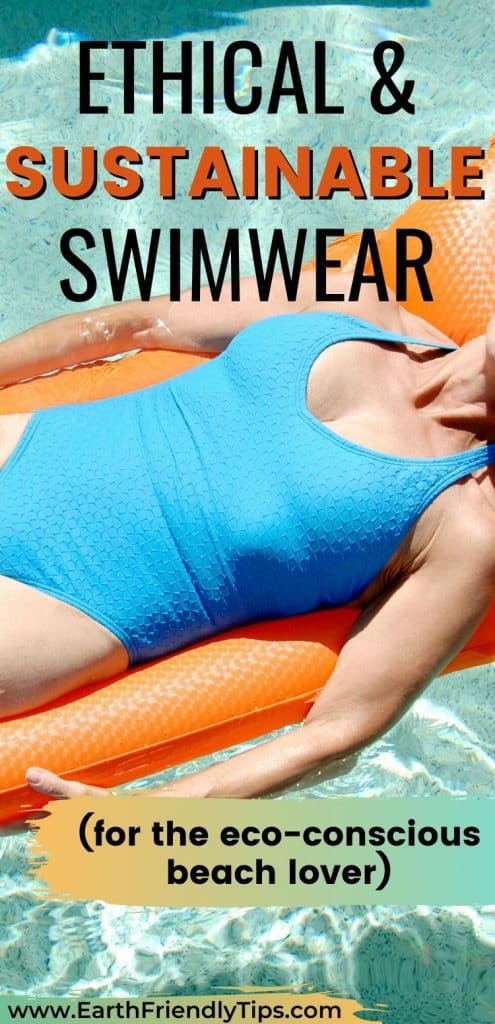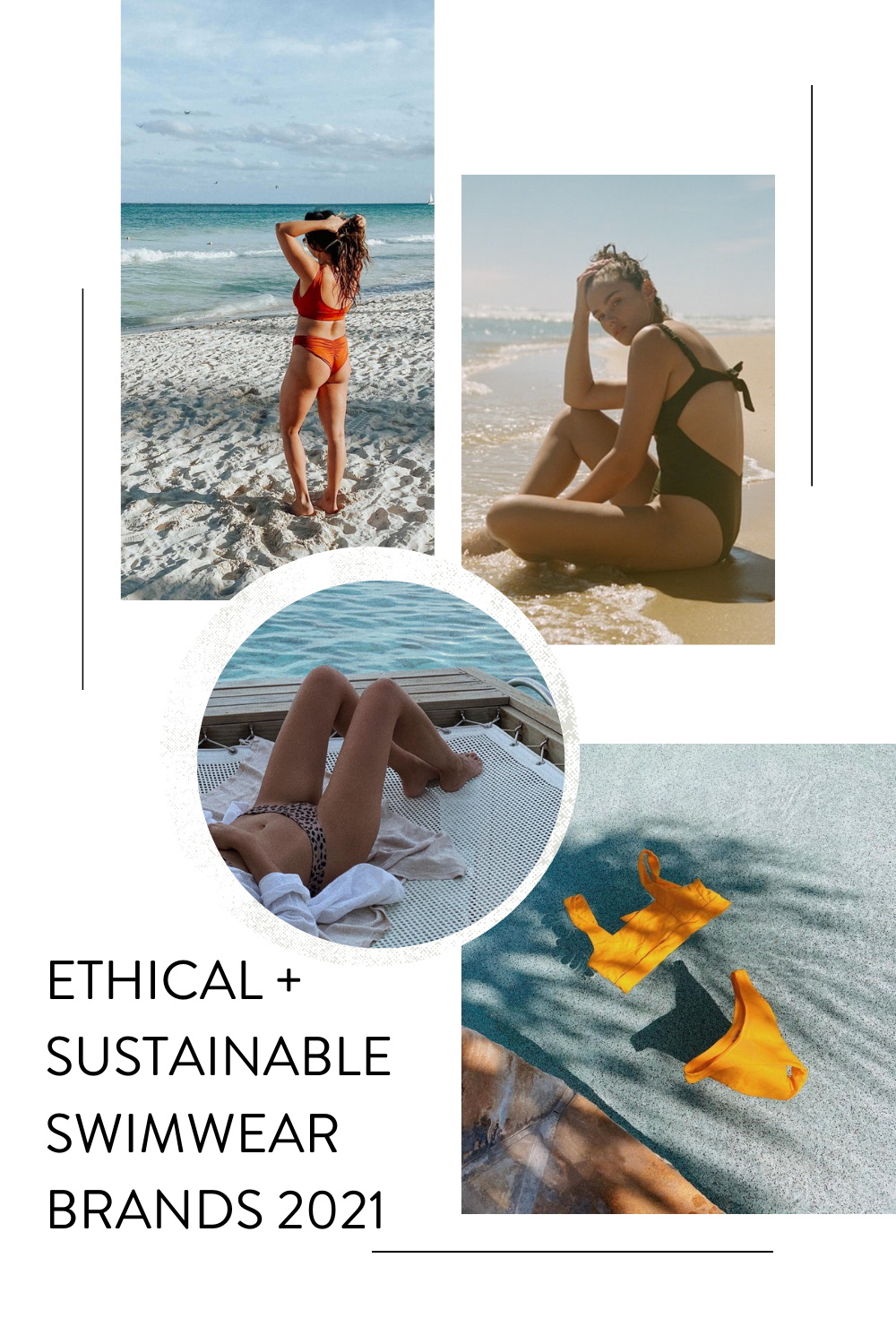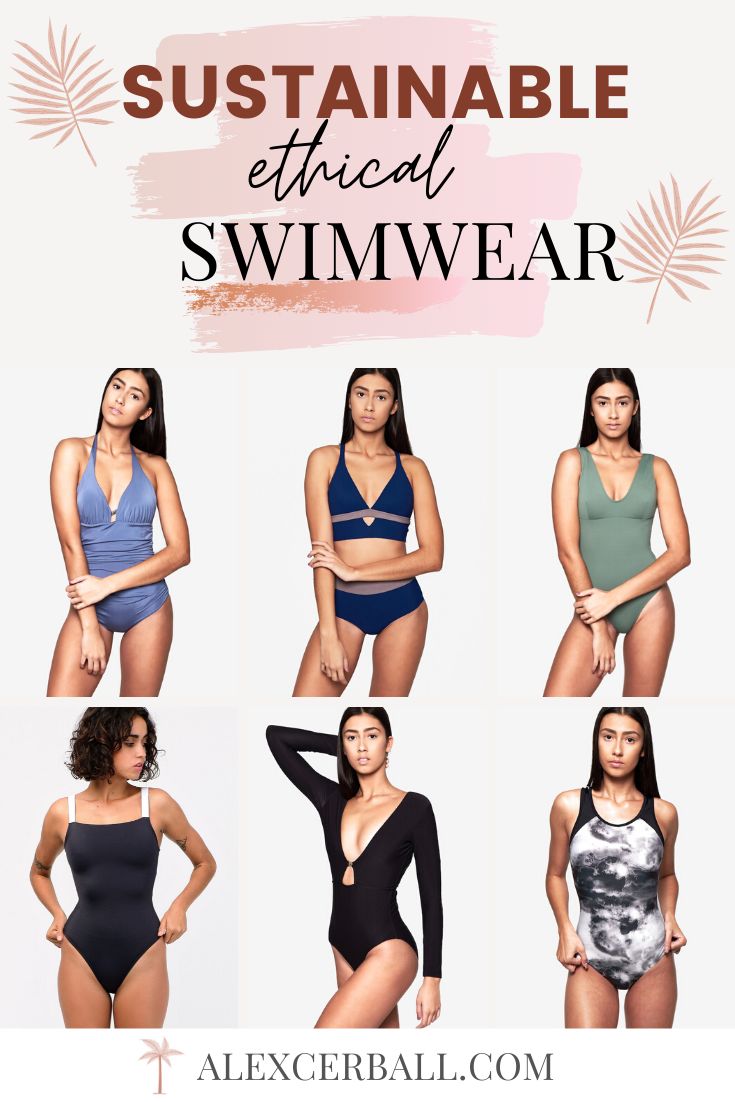Content Menu
● The Rise of Triangl
● Materials and Sustainability
● Production Practices
● Packaging and Waste Reduction
● Environmental Impact
● Social Responsibility
● Comparison with Other Sustainable Swimwear Brands
● Consumer Awareness and Demand
● The Role of Marketing and Transparency
● The Challenge of Balancing Ethics and Affordability
● The Future of Ethical Swimwear
● Consumer Education and Responsibility
● Conclusion: Is Triangl Swimwear Ethical?
● Video Resources
● Frequently Asked Questions
>> Q: What materials does Triangl use in their swimwear?
>> Q: How transparent is Triangl about their production processes?
>> Q: Does Triangl have any specific environmental initiatives?
>> Q: How does Triangl compare to other sustainable swimwear brands?
>> Q: What can consumers do to ensure they're buying ethical swimwear?
In recent years, the fashion industry has been under increasing scrutiny for its environmental impact and ethical practices. As consumers become more conscious of their purchasing decisions, many are turning their attention to swimwear brands, questioning not only the style and quality of the products but also the ethical considerations behind them. One brand that has gained significant popularity in the swimwear market is Triangl. But the question remains: Is Triangl swimwear ethical?
To answer this question, we need to delve deep into the brand's practices, materials, and overall approach to sustainability. Let's explore the various aspects that contribute to the ethical status of Triangl swimwear and examine how the brand measures up against the growing demand for sustainable and responsible fashion.
The Rise of Triangl
Before we dive into the ethical considerations, it's worth understanding the brand's background. Triangl was founded in 2012 by Australian couple Erin Deering and Craig Ellis. The brand quickly gained popularity for its distinctive neoprene bikinis and vibrant color combinations. With a strong social media presence and celebrity endorsements, Triangl became a global sensation in the swimwear market.

Materials and Sustainability
One of the primary factors in determining whether a swimwear brand is ethical is the materials they use. Triangl has made efforts to incorporate sustainable materials into their production process. The brand now uses a blend of recycled Elastane and Polyester for many of their swimsuits. This shift towards recycled materials is a positive step in reducing the environmental impact of their products.
The use of recycled materials helps to decrease the demand for virgin resources and reduces waste. By repurposing existing materials, Triangl is contributing to the circular economy and minimizing its carbon footprint. However, it's important to note that while recycled materials are a step in the right direction, they are not without their own environmental considerations.

Production Practices
Ethical swimwear goes beyond just the materials used; it also encompasses the production practices employed by the brand. Triangl has made efforts to improve its manufacturing processes, but detailed information about their supply chain and labor practices is somewhat limited.
The brand claims to work with responsible manufacturers, but without full transparency, it's challenging to assess the working conditions and fair labor practices throughout their supply chain. Ethical fashion advocates often call for greater transparency from brands, allowing consumers to make fully informed decisions about their purchases.
Packaging and Waste Reduction
Triangl has taken steps to address the issue of packaging waste, which is a significant concern in the fashion industry. The brand now uses reusable bags made from recycled materials for their packaging. This initiative helps to reduce single-use plastics and encourages customers to repurpose the packaging, potentially decreasing overall waste.

Environmental Impact
The environmental impact of swimwear extends beyond just the production phase. The durability and longevity of the products also play a crucial role in determining their overall sustainability. Triangl swimwear is known for its quality construction, which can contribute to a longer lifespan for their products. By creating swimwear that lasts, the brand indirectly encourages less frequent replacements, potentially reducing overall consumption and waste.
However, it's worth noting that the synthetic materials used in most swimwear, including those used by Triangl, can shed microplastics when washed. This is an industry-wide issue that many sustainable swimwear brands are working to address through innovative materials and washing techniques.
Social Responsibility
Ethical fashion also encompasses a brand's commitment to social responsibility. While Triangl has not been widely recognized for extensive charitable initiatives or social programs, the brand has occasionally participated in charitable events and collaborations. However, there is room for growth in this area, as many consumers now expect brands to take an active role in social and environmental causes.
Comparison with Other Sustainable Swimwear Brands
To truly assess whether Triangl swimwear is ethical, it's helpful to compare it with other brands that are known for their sustainable and ethical practices. Many sustainable swimwear brands go above and beyond in their commitment to ethical production, using innovative eco-friendly materials, ensuring fair labor practices, and actively contributing to environmental conservation efforts.

Some of these brands use materials like ECONYL® (regenerated nylon from ocean waste), organic cotton, or even fabrics made from recycled plastic bottles. They often provide detailed information about their supply chains, factory conditions, and the impact of their products. While Triangl has made strides in sustainability, there is still progress to be made to reach the level of transparency and commitment demonstrated by some of the leading ethical swimwear brands.
Consumer Awareness and Demand
The growing consumer demand for ethical and sustainable fashion has undoubtedly influenced Triangl's approach to production and marketing. As more customers seek out environmentally friendly options, brands like Triangl are compelled to adapt and improve their practices. This shift in consumer behavior is a powerful driver for change in the fashion industry.

The Role of Marketing and Transparency
In assessing whether Triangl swimwear is ethical, it's important to consider the brand's marketing practices and level of transparency. While Triangl has made efforts to communicate its use of recycled materials and sustainable packaging, there is still room for improvement in providing comprehensive information about their entire production process and supply chain.
Ethical brands often prioritize educating their customers about the environmental and social impact of their products. This includes providing detailed information about material sourcing, manufacturing processes, and the brand's overall sustainability goals. Increased transparency from Triangl would allow consumers to make more informed decisions and could potentially strengthen the brand's ethical credentials.
The Challenge of Balancing Ethics and Affordability
One of the challenges faced by many fashion brands, including Triangl, is balancing ethical practices with affordability. Sustainable and ethically produced swimwear often comes with a higher price tag due to the increased costs associated with responsible sourcing and production. Triangl has positioned itself as a mid-range brand, which means they must carefully navigate the balance between implementing ethical practices and maintaining accessible price points for their target market.
This balance is crucial, as truly ethical fashion should be accessible to a wide range of consumers. However, it's important for customers to understand that the true cost of ethically produced clothing often reflects fair wages, better working conditions, and more sustainable materials and processes.
The Future of Ethical Swimwear
As we consider whether Triangl swimwear is ethical, it's important to look at the broader context of the swimwear industry and its future direction. The trend towards sustainability and ethical production is likely to continue growing, with innovations in materials and manufacturing processes leading the way.
Brands that want to remain competitive and relevant will need to continually improve their ethical and sustainable practices. For Triangl, this may mean further increasing their use of eco-friendly materials, improving supply chain transparency, and potentially exploring innovative recycling programs for used swimwear.
Consumer Education and Responsibility
While brands bear a significant responsibility in producing ethical swimwear, consumers also play a crucial role. Educating oneself about sustainable materials, ethical production practices, and the environmental impact of fashion choices is essential. By making informed decisions and supporting brands that align with their values, consumers can drive positive change in the industry.
For those interested in Triangl swimwear, this might mean researching the brand's practices, asking questions about their production methods, and considering the longevity and versatility of the pieces they purchase. It also involves proper care of swimwear to extend its lifespan and reduce the frequency of replacements.
Conclusion: Is Triangl Swimwear Ethical?
In conclusion, the question "Is Triangl swimwear ethical?" doesn't have a simple yes or no answer. The brand has made notable strides towards more sustainable and ethical practices, particularly in their use of recycled materials and eco-friendly packaging. However, there is still room for improvement in terms of transparency, supply chain information, and comprehensive sustainability initiatives.
Triangl falls somewhere in the middle of the spectrum when it comes to ethical swimwear brands. While they are not at the forefront of sustainable fashion, they have shown a commitment to improving their practices and responding to consumer demand for more ethical options.
For consumers considering Triangl swimwear, it's important to weigh the brand's efforts against personal ethical standards and to consider the broader context of sustainable fashion. As the industry continues to evolve, we can hope to see further improvements in Triangl's ethical practices, potentially solidifying their position as a more sustainable swimwear option in the future.
Ultimately, the journey towards truly ethical fashion is ongoing, and brands like Triangl play a part in this evolution. By continuing to demand transparency, sustainable materials, and ethical practices, consumers can encourage all swimwear brands, including Triangl, to strive for higher standards of sustainability and ethics in their products.
Video Resources
Sustainable Swimwear | Testing Ethical Basics This video provides insights into sustainable swimwear options and testing of ethical basics, which can be helpful for consumers looking to make more informed choices about their swimwear purchases.
Frequently Asked Questions
Q: What materials does Triangl use in their swimwear?
A: Triangl uses a blend of recycled Elastane and Polyester for many of their swimsuits, which is a step towards more sustainable production.
Q: How transparent is Triangl about their production processes?
A: While Triangl has made efforts to communicate their use of recycled materials and sustainable packaging, there is still room for improvement in providing comprehensive information about their entire production process and supply chain.
Q: Does Triangl have any specific environmental initiatives?
A: Triangl has introduced reusable bags made from recycled materials for their packaging, which helps reduce single-use plastics. However, information about other specific environmental initiatives is limited.
Q: How does Triangl compare to other sustainable swimwear brands?
A: While Triangl has made strides in sustainability, they are not considered a leader in ethical swimwear. Many other brands offer more comprehensive sustainability initiatives and greater transparency in their practices.
Q: What can consumers do to ensure they're buying ethical swimwear?
A: Consumers can research brands' materials and production practices, ask questions about supply chain transparency, consider the longevity of their purchases, and properly care for their swimwear to extend its lifespan.




































































